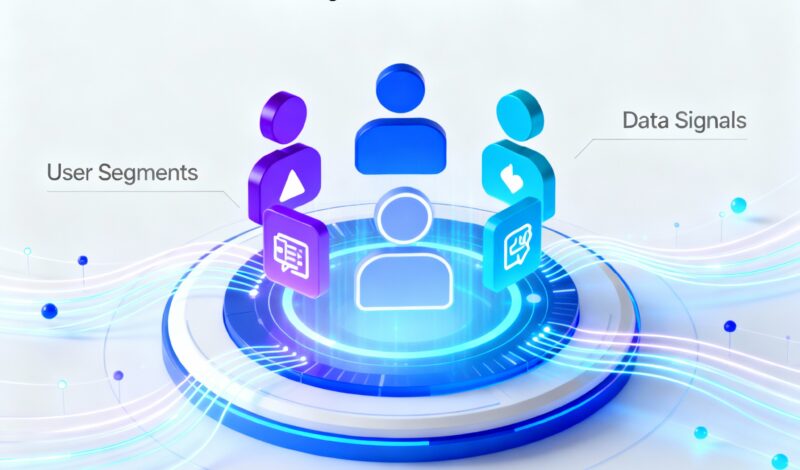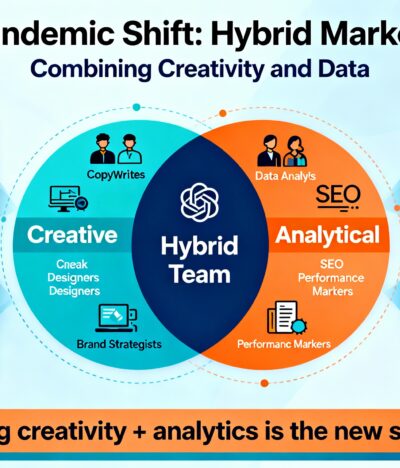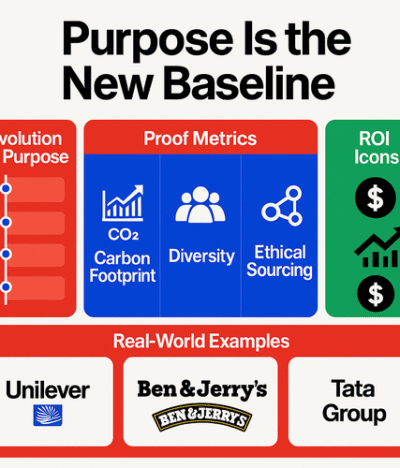What Are Predictive Audiences?
At its core, Predictive Audiences refers to groups of users identified by artificial intelligence and machine learning algorithms based on the likelihood of a specific future action. Instead of relying solely on historical data like past purchases or demographic traits, these models analyze behavioral patterns, contextual signals, and engagement trends to predict intent.
For example, AI can identify users who are most likely to subscribe to a newsletter, abandon a shopping cart, or upgrade to a premium plan — before they even make a move. This predictive layer empowers marketers to act early, optimizing messaging and timing for maximum conversion potential.
The Shift from Reactive to Predictive Marketing
Traditional audience segmentation is inherently backward-looking. It answers questions such as:
- Who bought last month?
- Who opened last week’s email?
- Who engaged with our latest ad?
While valuable, these insights only help marketers react to what has already happened. In contrast, Predictive Audiences allow brands to forecast what will happen next.
This proactive approach transforms the marketing funnel from static to dynamic. Instead of waiting for a customer to show interest, AI identifies subtle behavioral cues — from scrolling speed to dwell time — and infers their intent, enabling brands to serve relevant content in real time. In essence, marketers move from being data interpreters to data anticipators.
How Predictive Audiences Work
The magic behind Predictive Audiences lies in advanced machine learning models trained on a combination of first-party and third-party data. Here’s how the process typically unfolds:
- Data Collection: AI gathers data across multiple touchpoints — website visits, app usage, email engagement, social media activity, and purchase history.
- Pattern Recognition: Algorithms detect correlations between specific user behaviors and eventual actions. For instance, users who watch 80% of a product demo video may have a 60% higher probability of conversion.
- Model Training: The AI system learns from these patterns, refining its predictive accuracy over time.
- Audience Creation: Based on probability scores, the system segments users into categories like “high purchase intent,” “churn risk,” or “likely to engage.”
- Activation: These audience segments are then activated across marketing platforms — email, social ads, push notifications, or personalization engines.
This continuous learning cycle ensures that predictions stay aligned with changing user behavior and market trends.
Benefits of Predictive Audiences for Marketers
Embracing Predictive Audiences offers a competitive edge that goes far beyond traditional targeting methods.
- Enhanced Personalization: Instead of one-size-fits-all messaging, marketers can craft hyper-personalized campaigns that resonate with users’ predicted needs and emotions. For instance, someone likely to churn might receive a loyalty discount, while a high-intent shopper sees urgency-based offers.
- Smarter Budget Allocation: Predictive insights help marketers allocate ad spend efficiently by focusing on audiences with the highest conversion potential. This leads to improved ROI and reduced waste.
- Improved Customer Retention: By anticipating disengagement or churn, businesses can intervene early with re-engagement strategies. This proactive retention approach strengthens brand loyalty.
- Accelerated Decision-Making: AI-driven analytics deliver real-time insights, enabling teams to adapt campaigns instantly instead of waiting for quarterly performance reviews.
- Competitive Advantage: Brands that adopt Predictive Audiences early can stay ahead of the curve, delivering experiences that feel intuitive and deeply personal — setting new benchmarks in customer satisfaction.
Real-World Applications
The use of Predictive Audiences spans multiple industries:
- E-commerce: Identifying users most likely to make repeat purchases and recommending complementary products.
- Streaming platforms: Suggesting shows or playlists based on predicted mood or viewing time.
- Financial services: Detecting clients likely to upgrade to premium accounts or those at risk of attrition.
- Healthcare: Forecasting patient engagement levels for wellness programs.
- Education: Predicting student dropout risks and sending tailored support communications.
In every case, the power of predictive modelling lies in anticipation. By reading intent signals before they’re explicit, brands can deliver meaningful experiences at the perfect moment.
Ethical Considerations and Data Privacy
While the promise of Predictive Audiences is vast, it must be balanced with ethical responsibility. AI predictions are only as unbiased as the data that trains them. Poorly managed datasets can reinforce stereotypes or make inaccurate assumptions about users.
Moreover, privacy regulations such as GDPR and India’s DPDP Act demand transparent data practices. Brands must ensure users understand how their data is used and give consent before it’s processed for predictive modelling.
Ethical AI not only builds trust but also enhances model reliability — because when users feel secure, they engage more authentically.
The Future of Predictive Marketing
As generative AI and predictive analytics converge, Predictive Audiences will evolve from probability models into dynamic decision engines. These systems won’t just predict who’s likely to act — they’ll recommend how to engage each user in the most human, empathetic way.
Imagine an AI that recognizes emotional cues in a user’s behavior and adjusts tone, timing, and platform accordingly. That’s not science fiction — it’s the next step in intent-driven marketing.
Marketers who invest in these technologies today will not only see immediate performance gains but also future-proof their strategies for a data-centric era where prediction becomes personalization.
Conclusion : The Power of Anticipation
In a digital world where consumer attention is fleeting, Predictive Audiences empower brands to anticipate rather than chase intent. By blending AI’s analytical precision with human creativity, marketers can forge deeper, more meaningful relationships — where every message feels timely, relevant, and effortlessly personal.
The future belongs to those who don’t just understand their audiences — but predict them.



